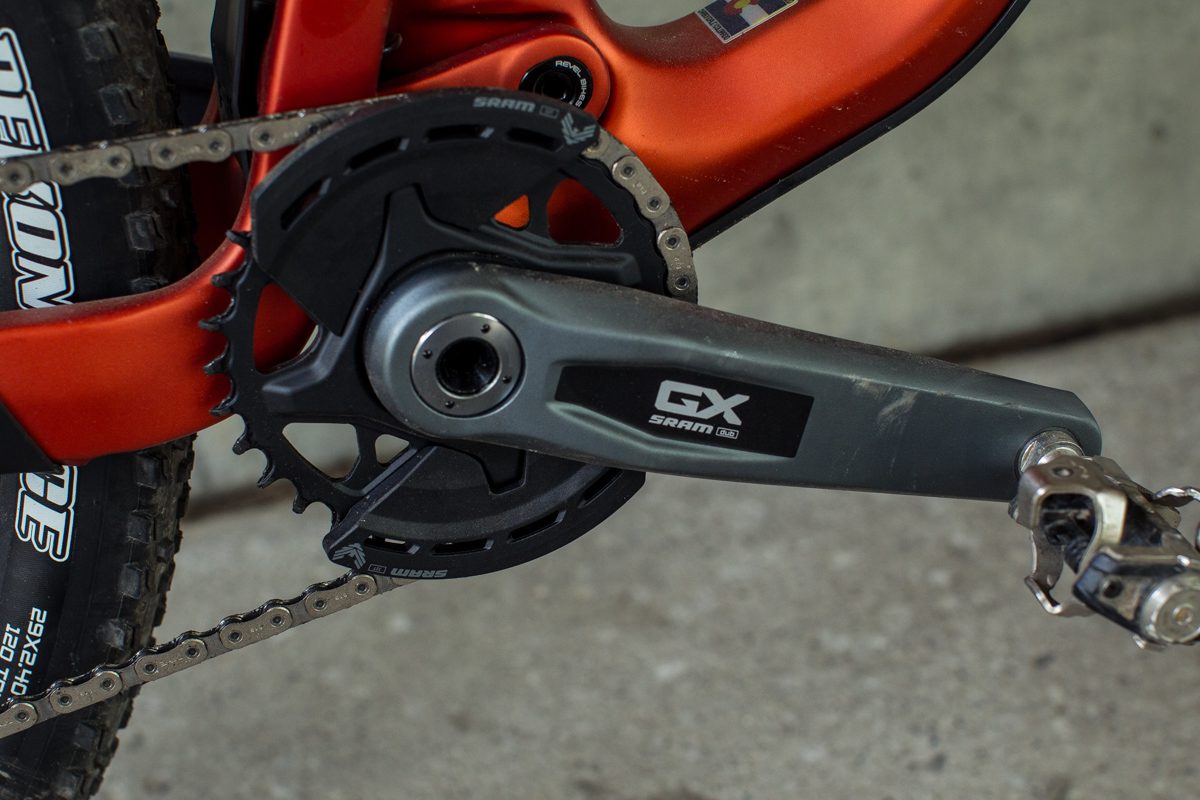Not very long after releasing its new direct-mount Transmission in the high-end XX and XO range, SRAM is bringing T-Type shifting to a wider audience. A full SRAM GX Transmission is now available, as well as new Code Bronze Stealth brakes.
First impressions: SRAM GX Transmission
We’ve spent the better part of the last month riding GX Transmission, including a hard week of abuse at BC Bike Race on Vancouver Island. Seven days of successive racing on gnarly B.C. singletrack is hard on bodies and bikes, but the new GX rode flawlessly all week with no maintenance required. More impressive, and a big improvement over the previous generation of non-direct mount wireless GX AXS, the rear derailleur only started to need a charge before Day 7, a solid 20 hours into the week.

As for how it feels, SRAM has done an excellent job of bringing the feel of a high-end groupset to the GX price level. Shifting is smooth and precise. In fact, it almost feels like it gets smoother when you try to shift while jamming on the power. SRAM’s been quite clear that this design trait was developed with eMTB in mind, but it benefits every rider, electric or not, to be able to shift smoothly whenever you like without having to think about it.

The new T-Type shift pods also migrate down the line from XX and XO. That adds to the appearance of GX looking very similar to its more expensive siblings. One difference is in the crankarm, which doesn’t have the fancy cut-out design and is, therefore, slightly heavier.
That GX T-Type looks like a high-end drivetrain is appropriate as it is still USD 1,100 for the full group. That is actually basically on par with the original GX AXS. You can argue back and forth about whether $1,100 U.S. dollars for a drivetrain that was traditionally SRAM’s workhorse group is appropriate, but at least it is not a price increase over the non-direct mount version.

The details: SRAM GX Transmission
GX T-Type uses, of course, SRAM’s new direct mount rear derailleur design. That means it is only compatible with bike frames that use SRAM’s Universal Derailleur Hanger (UDH) standard. There is a wide range of bikes using that standard at this point but, if…
Click Here to Read the Full Original Article at Canadian Cycling Magazine…

